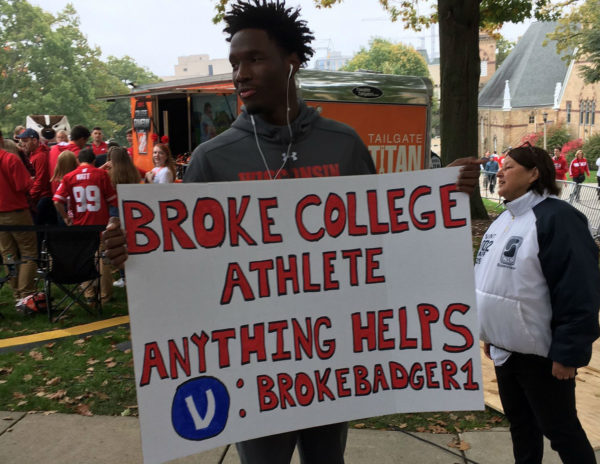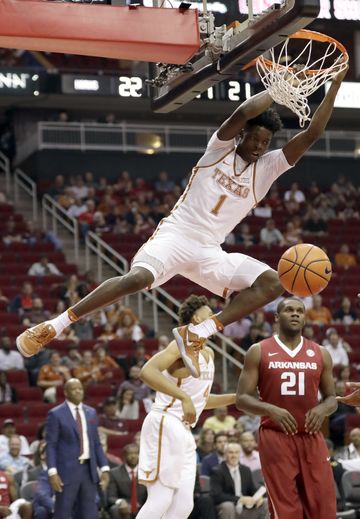Should Georgia Tech Be Buzzing About Its Start?
Posted by Mick McDonald on December 20th, 2016The expectations for the first year of the Josh Pastner era at Georgia Tech were about as low as they can get, as the Yellow Jackets were picked to finish 14th of 15 teams — ahead of only lowly Boston College — by the media in October. One national hoops writer even went as far to predict that Georgia Tech would go winless in the ACC this season. While Pastner’s team certainly won’t be an NCAA Tournament contender and will still most likely finish within the bottom tier of the conference standings, it is also clear that the Jackets are better than expected. That feeling was somewhat reinforced when Tech defeated a solid VCU team in Richmond last week, but keep in mind that it has also lost at home to Ohio (a top 100 team) and was demolished on the road by a mediocre Tennessee squad. However, there are several bright spots on this team that should have the fans in Atlanta excited for the future.

Yellow Jackets freshman Josh Okogie has been one of this biggest surprises in the country. (Adam Hagy/USA Today)
The obvious place to start is with junior center Ben Lammers. A three-star recruit, Lammers did not show much more than potential in his initial two years under Brian Gregory. Whether Pastner is simply getting more out of him this season or he is finally showing a progression of skills, he is clearly a different player. Lammers leads the Yellow Jackets in scoring (15.8 PPG), rebounding (10.8 PPG) and blocks (4.6 BPG), and he is currently the second-leading rebounder in the ACC and the nation’s leader in blocks per game. Fellow junior Tadric Jackson is shooting 56.3 percent from three-point range, giving Pastner a much-needed outside threat and a terrific complement for when the defense collapses on Lammers. Senior Quinton Stephens has not shot the ball very well but he has taken on the versatile forward role that was expected of him, averaging 11.8 points, 7.6 rebounds and 2.5 assists per game. But it is the rise of an unheralded freshmen who has been the biggest bright spot so far for the Yellow Jackets. Read the rest of this entry »


















































